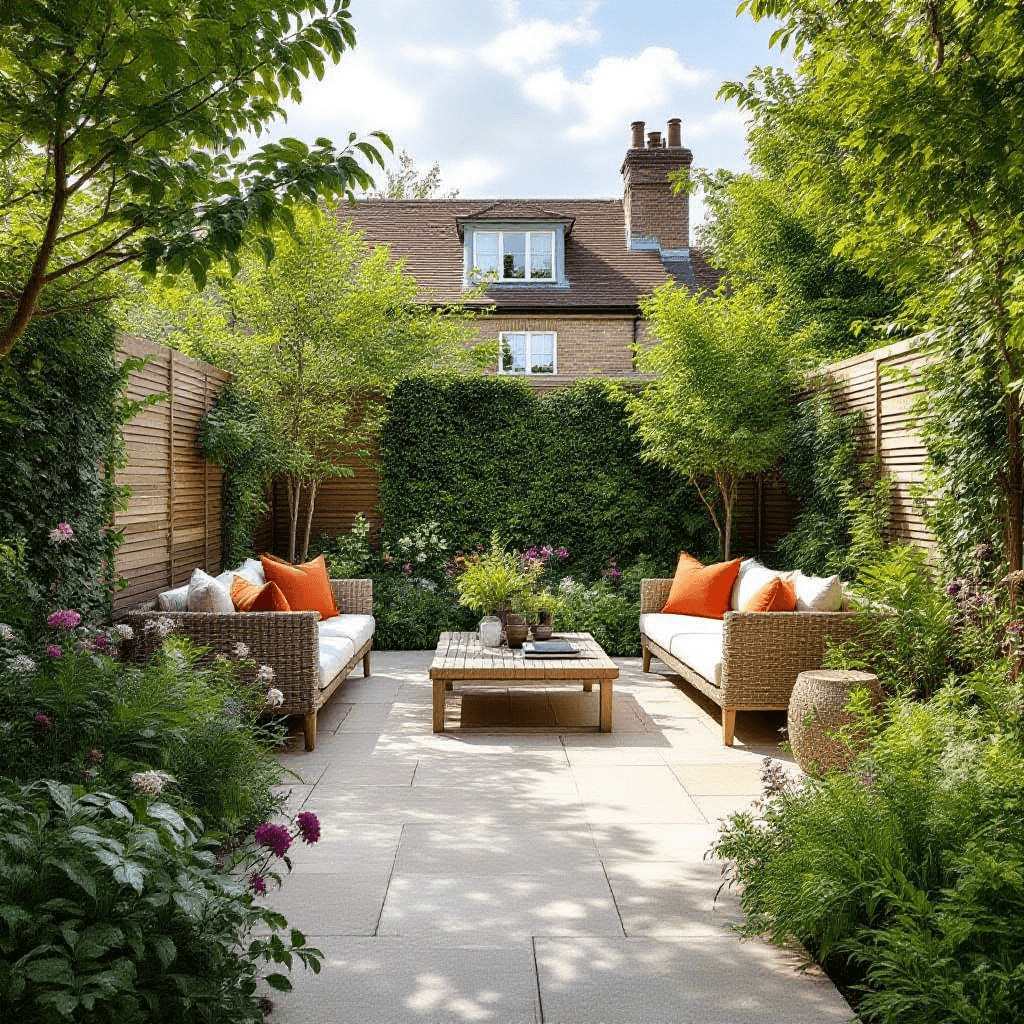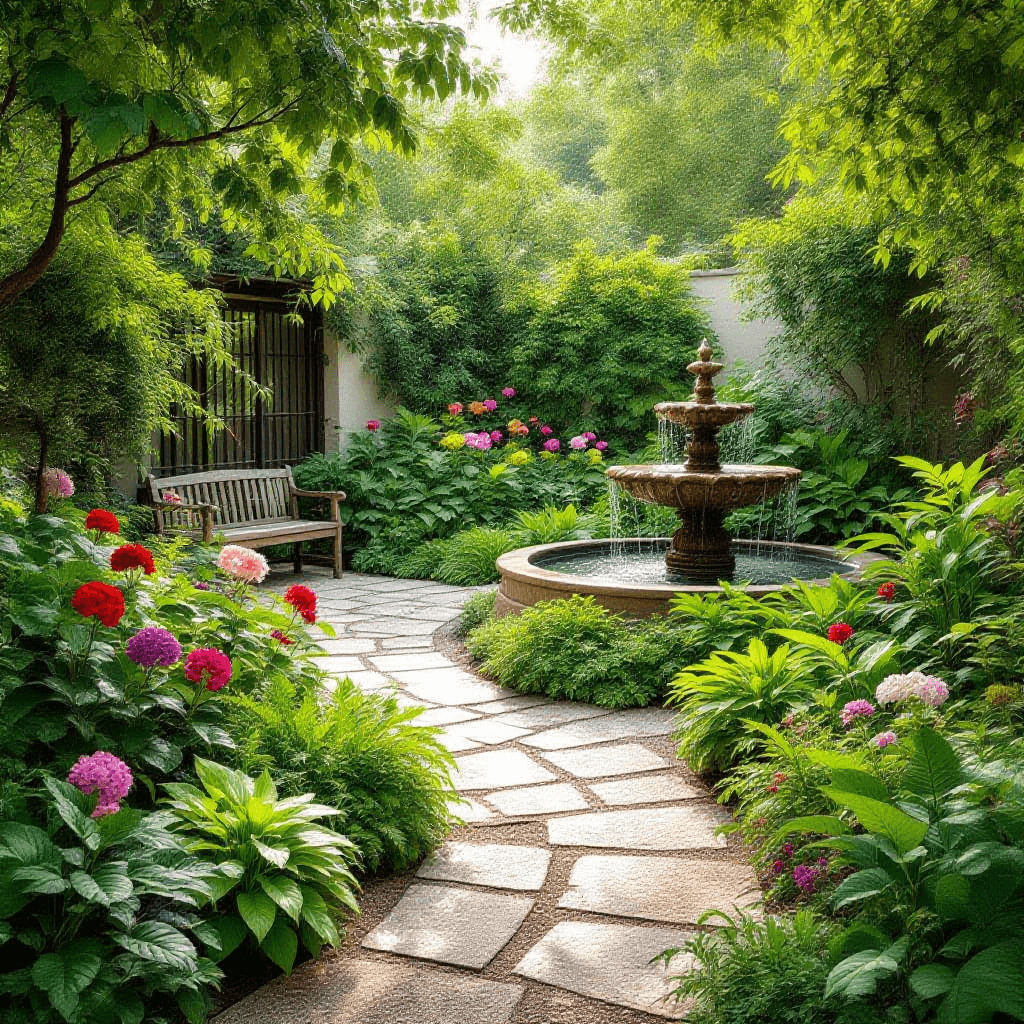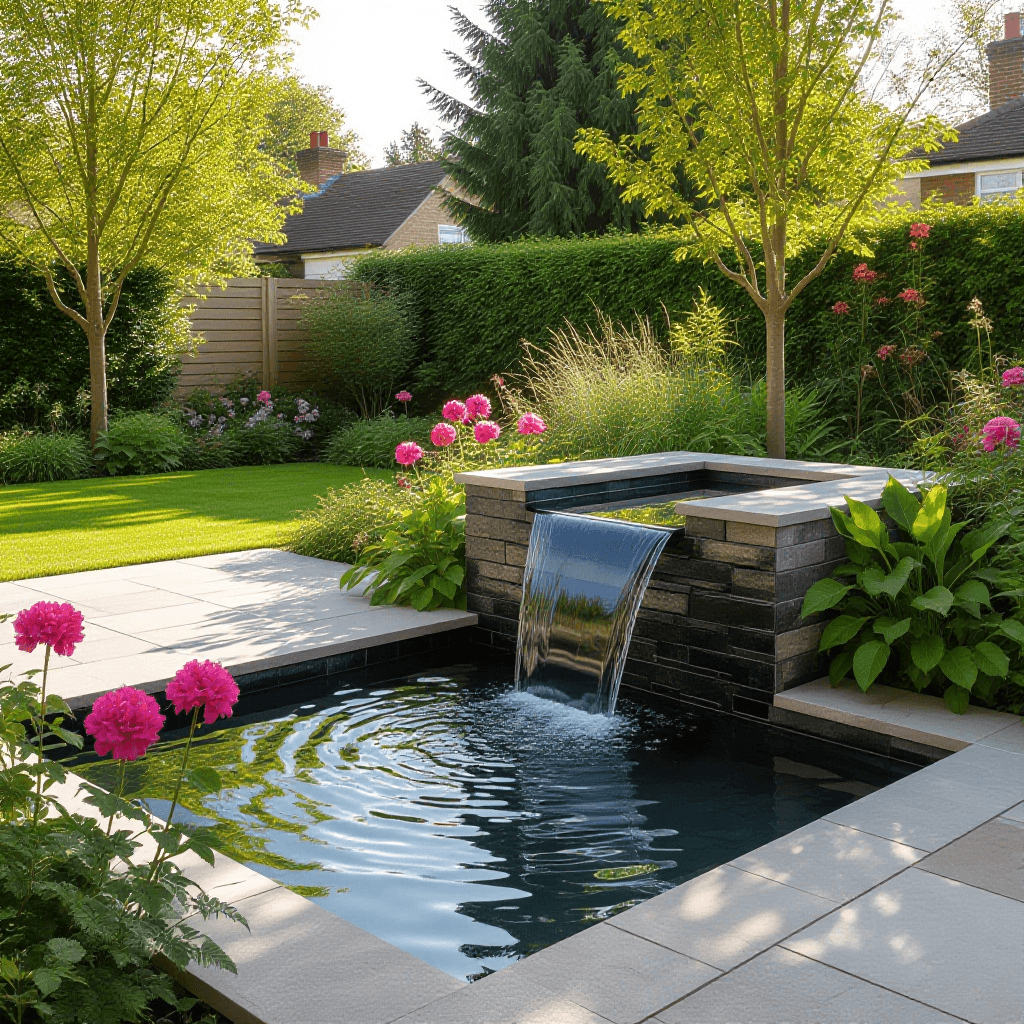A Look Back: The Garden Design Landscape of 2005
In 2005, the garden design landscape in the UK was marked by a diverse range of styles, reflecting both cultural influences and environmental considerations prevalent during that time. Contemporary garden design was increasingly embraced, characterized by sleek lines, minimalism, and innovative materials. Homeowners sought to create outdoor spaces that mirrored the modern aesthetic of their interiors, often incorporating elements such as glass, stainless steel, and concrete. This design trend facilitated the emergence of multifunctional gardens that catered to various leisure activities and social gatherings, emphasizing the importance of outdoor living in the UK.
Aside from contemporary elements, traditional garden design continued to hold a special place in the hearts of many British homeowners. Classic features such as wrought iron furniture, neatly trimmed hedges, and well-defined flowerbeds symbolized a nostalgic appreciation for historical gardening styles. The use of traditional plants, including roses and lavender, was commonplace, as these flowers not only flourished in the UK climate but also evoked a sense of heritage and continuity. Gardeners in 2005 often sought to blend contemporary innovations with traditional influences, creating harmonious landscapes that paid homage to past gardening practices while embracing modern advancements.
Another significant trend during this period was the rise of eco-friendly garden designs. Increased awareness of environmental issues prompted many individuals to incorporate sustainable practices into their gardening routines. This included the use of drought-resistant plants, organic gardening methods, and the implementation of rainwater harvesting systems. The desire to create environmentally-friendly outdoor spaces mirrored a broader societal shift towards sustainability in various aspects of daily life, ultimately influencing the garden designs of the time. Together, these trends illustrated a dynamic blend of modernity, tradition, and environmental consciousness in the UK’s garden design landscape of 2005.
Key Elements of 2005 Garden Designs
The year 2005 marked a significant evolution in garden design trends across the UK, characterized by a myriad of distinctive elements that shaped outdoor spaces. Central to these designs were the selections of plants which veered towards dynamic choices that emphasized seasonality and biodiversity. Gardeners favored both native species and exotic plants, aiming to promote a natural yet curated aesthetic. The integration of perennials, mixed with abundant flowering shrubs, created a vibrant palette that brought life and color throughout the seasons.
Landscaping techniques in 2005 embraced a blend of traditional and contemporary styles. The use of clean lines and geometric shapes was prevalent, often combined with organic forms for contrast. Gardeners employed techniques such as layering and grouping plants to craft intricate visual compositions. Hardy materials like stone and gravel began to feature prominently, creating low-maintenance areas that harmonized with the more natural elements of the garden. This melding of materials contributed to the overall cohesiveness of design.
Water features gained popularity as essential components in 2005 garden layouts. Ponds, fountains, and even simple water bowls served not only as focal points but also as habitats for wildlife, aligning with the growing awareness of environmental sustainability. These features acted as a soothing element, enhancing the sensory experience of garden spaces. Furthermore, seating areas became focal points within gardens, often designed to invite relaxation and contemplation. Benches, patios, and hammocks were strategically placed, encouraging outdoor living and social gatherings.
Ultimately, the key elements of garden designs in 2005 reflected a desire for personal expression while remaining connected to nature. When combined, these plant choices, landscaping techniques, materials, and features crafted cohesive outdoor spaces that were not only aesthetically pleasing but also functional and sustainable.
Sustainable Practices in Garden Design: 2005 Perspectives
In 2005, the realm of garden design witnessed a significant shift toward sustainable practices, as environmental awareness began to permeate the landscape of horticulture in the UK. This trend was characterized by a growing inclination to utilize native plants, which not only complemented local ecosystems but also reduced the need for excessive maintenance and resources. Native plants are well adapted to regional climates and soil types, promoting biodiversity and providing essential habitats for local wildlife. The increased popularity of these flora reflects a broader understanding of environmental stewardship among gardeners and landscape designers.
Furthermore, organic gardening methods gained traction during this period, as more individuals sought to cultivate their gardens in an eco-friendly manner. The avoidance of synthetic fertilizers and pesticides aligned with the contemporary emphasis on health and sustainability. Homeowners and gardeners alike shifted towards using natural alternatives such as composting for soil enrichment and natural pest deterrents, fostering a more holistic approach to gardening. This transition not only benefited the health of the gardens but also resonated deeply with those advocating for a reduced chemical footprint.
Another notable development was the incorporation of recycled materials in landscaping practices. Designers mobilized various items, from reclaimed wood to repurposed bricks, as integral components of garden structures and pathways, thereby minimizing waste. This creative reutilization merited appreciation for its aesthetic value and its environmentally sound principles. The public reception of these sustainable practices was largely positive, influencing perceptions of gardening as an extension of personal values regarding conservation and eco-friendliness. As these sustainable approaches gained popularity in 2005, they inevitably laid a foundation for future gardening trends that further embraced eco-conscious design principles.
Looking Forward: The Legacy of 2005 Garden Design Trends
The garden design trends that emerged in the UK in 2005 have left a profound impact on contemporary gardening practices, shaping aesthetics, techniques, and plant selection. At the forefront of these trends was a focus on sustainability, promoting eco-friendly gardening solutions that resonate strongly within current practices. This tendency towards environmentally-conscious gardening initiated a wider movement that encourages the integration of native plant species, efficient water management systems, and organic gardening methods, thereby creating landscapes that are both beautiful and sustainable.
In addition to sustainability, 2005 highlighted the importance of creating multifunctional spaces that balance both utility and aesthetics. This emphasis has persisted, leading to an increased popularity of outdoor living areas, with gardens now serving as extensions of indoor spaces. Designers today continue to leverage this principle, as they create outdoor environments that invite relaxation and social interaction. The use of comfortable seating and attractive landscaping elements mirrors the trends initially observed in 2005, manifesting a seamless transition between indoor and outdoor settings.
Furthermore, the trends of 2005 have also guided contemporary plant selection, as gardeners increasingly prioritize low-maintenance varietals that can withstand fluctuating climate conditions. The promotion of biodiversity within garden design encourages the use of a wider array of plants, contributing to enhanced resilience against pests and diseases. As urbanization expands, the principles from 2005—such as creating urban wildlife habitats and utilizing vertical gardening techniques—have become vital considerations in modern design, fostering ecosystem diversity even in limited spaces.
Looking ahead, it is clear that the garden design trends of 2005 will continue to influence future landscapes. The focus on sustainability, multifunctional spaces, and plant diversity is likely to evolve, paving the way for innovative practices responding to the increasingly urgent challenges of climate change and urban living. Thus, the legacy of 2005 remains intricately woven into the future of garden design in the UK, showcasing how past trends can continuously inspire progressive developments in horticulture.


